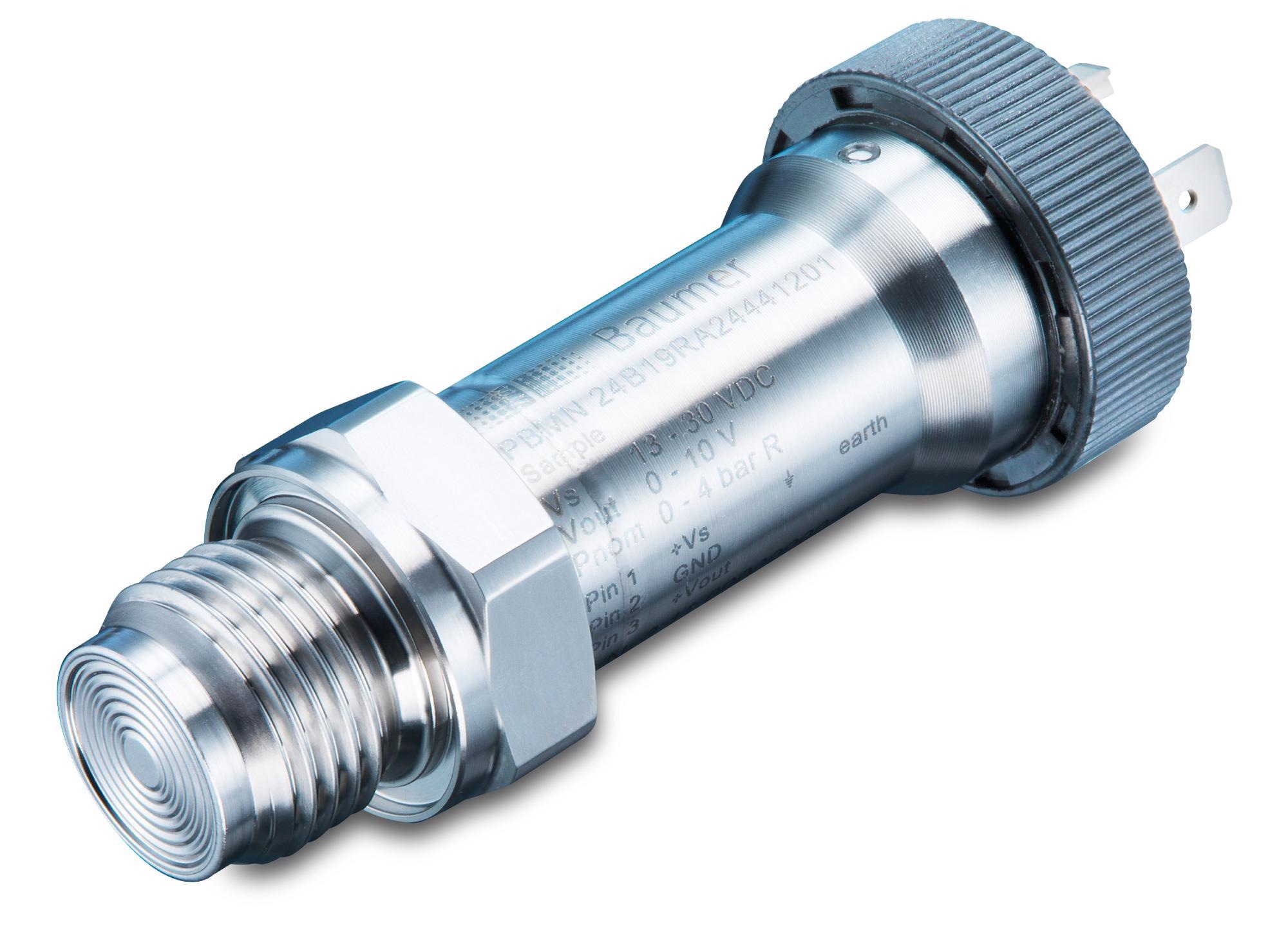Pressure sensors perform a vital role in the development of effective robotic solutions for an ever-increasingly diverse and in some cases highly specialised manufacturing applications. One recent example of this is a high-precision pressure monitoring application for concrete processing using 3D printing robots resulting in automated concrete prints, without the need for complex formwork.

Image Credit: Baumer Ltd.
This new development approach to enhance printing processes was the result of close cooperation between sensor manufacturer BAUMER and the renowned research institute NCCR DFAB (National Centre of Competence in Research - Digital Fabrication), part of the ETH Zurich.
Meeting the challenges of pumping concrete consistently and reliably for intricate designs, layer upon layer, without the traditional preparation methods involving complex formwork or mouldings was the key factor. Typical items which the research and development team focused on were small, pre-fabricated sections along with the intricate design requirements of smaller items such as outdoor seating areas and tables, without using complex mouldings.
This new ‘printing system’ incorporates a Baumer PBMN flush mounted pressure sensor which eases the operation of the printing robot whilst also ensuring 3D printing quality, combined with precise dosing in the medium flow. It allows for automated transmission of complicated print paths to the robot controller directly from the CAD system without the need for complex formwork or mouldings.
Pressure monitoring at the outlet of the print head, as well as the medium pressure at the beginning of the line, are important indicators to ensure consistent and steady flow of concrete. Monitoring pressure values reliably identifies line blockings which among other things prevents system damage and downtime.
This is particularly important when it comes to more complex shapes as any non-smooth or even excess medium flow will impair print quality and, worst case, would result in aborting the printing process or collapsing formwork.
The open-minded and innovative application support provided by Baumer to educational and research institutes such as the NCCR DFAB was pivotal in providing the right solution. Even under such harsh ambient conditions prevalent in the concrete processing application, the high-precision PBMN pressure sensor performed as required.
As a fully welded pressure transmitter with flush membrane housed within a robust stainless steel cylinder, the PBMN sensor reliably monitors high pressures (ranging from -1 to 400 bar) to ensure error-free operation combined with outstanding precision up to ± 0.1% FSR. It offers external programming of zero point and span with Flex Programmer 9701 and available with the option of ATEX approval (4-20 mA output signal).